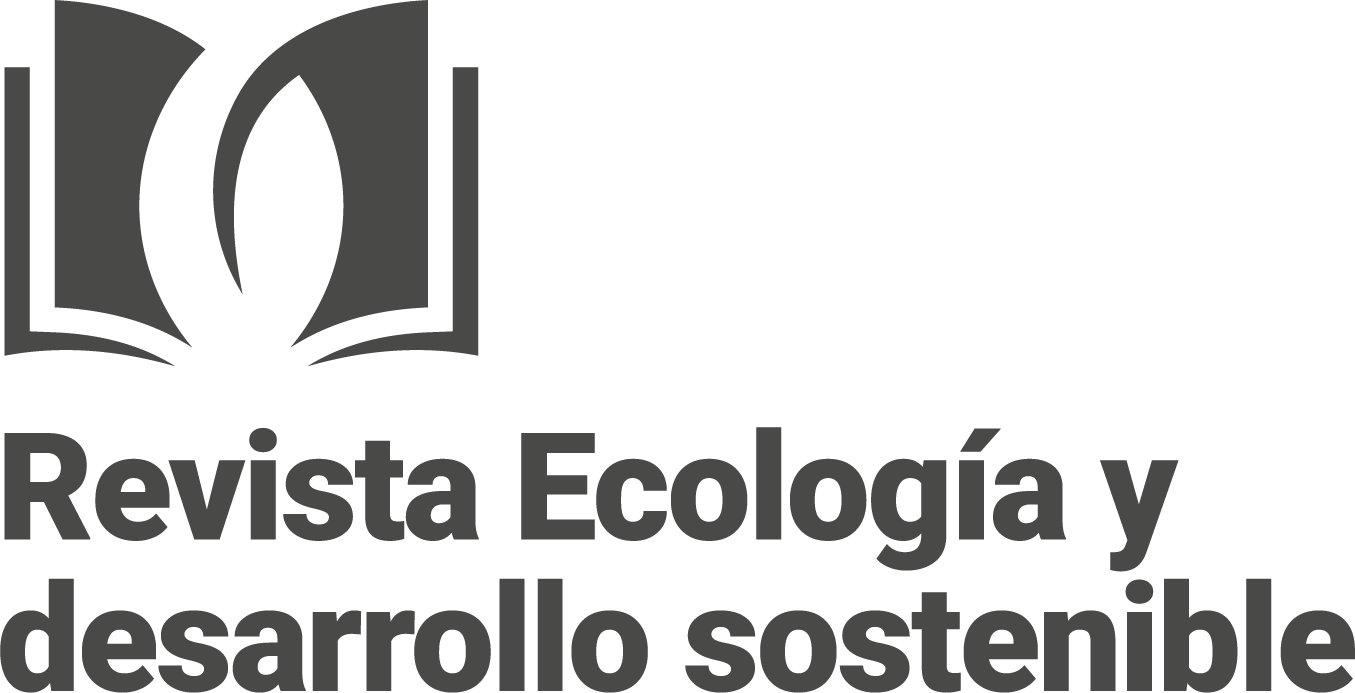Un Primer Reporte de una Identificación de un Ejemplar de Orcinus Orca (Familia: Delphinidae) en Costa Rica
Palabras clave:
especies clave, ecología, Pacífico costarricense, ballenas asesinas, ciencia ciudadana, mamíferos marinos, monitoreoResumen
Orcinus orca, como depredadores tope, tienen una gran influencia en la dinámica del ecosistema, siendo indicadores de su estado de salud. La implementación de sistemas de seguimiento basados en la identificación de especímenes de orcas ha surgido como una estrategia de conservación eficiente. Este estudio representa la primera identificación de una orca en Costa Rica. Se identificó un espécimen macho de orca basado en dos cortes en la aleta dorsal, lo que permitió su seguimiento durante cuatro años a través de cuatro avistamientos en tres ubicaciones diferentes. El establecimiento de un sistema de seguimiento para las orcas es crucial para comprender su ecología, comportamiento y susceptibilidad a las presiones antropogénicas. Esta implementación requiere colaboración entre la investigación científica y las iniciativas comunitarias. El objetivo final de este estudio es crear un catálogo identificativo de orcas en Costa Rica.
Descargas
Citas
Athayde, A., Cantor, M., Cardoso, J., Francisco, A., Santos, F. P. dos, Crespo, H., de Morais, M. V., Albaladejo, M. da C., Gallo Neto, H., & Siciliano, S. (2023). Movements and social behavior of killer whales (Orcinus orca) off the Brazilian coast. Frontiers in Marine Science, 10. https://doi.org/10.3389/fmars.2023.1206796
Baum, J. K., & Worm, B. (2009). Cascading top‐down effects of changing oceanic predator abundances. The Journal of Animal Ecology, 78(4), 699–714. https://doi.org/10.1111/j.13652656.2009.01531.x
Castro-Azofeifa, C. (2021). Avistamientos de Orcinus orca (Linnaeus, 1758) (Cetartiodactyla: Odontoceti: Delphinidae) en el Pacífico costarricense (1990-2020). Revista Ciencias Marinas y Costeras, 29–47. https://doi.org/10.15359/revmar.13-2.3
Fettermann, T., Fiori, L., Gillman, L., Stockin, K., & Bollard, B. (2022). Drone surveys are more accurate than boat-based surveys of Bottlenose dolphins (Tursiops truncatus). Drones, 6(4), 82. https://doi.org/10.3390/drones6040082
Ford, J.K.B. (2019). Killer Whales: Behavior, Social Organization, and Ecology of the Oceans’ Apex Predators. In Würsig, B. (Eds.) Ethology and Behavioral Ecology of Odontocetes (pp. 239–259). Springer, Cham. https://doi.org/10.1007/978-3-030-16663-2_11
Hays, G. C., Bailey, H., Bograd, S. J., Bowen, W. D., Campagna, C., Carmichael, R. H., Casale, P., Chiaradia, A., Costa, D. P., Cuevas, E., Nico de Bruyn, P. J., Dias, M. P., Duarte, C. M., Dunn, D. C., Dutton, P. H., Esteban, N., Friedlaender, A., Goetz, K. T., Godley, B. J., … Sequeira, A. M. M. (2019). Translating marine animal tracking data into conservation policy and management. Trends in Ecology & Evolution, 34(5), 459–473. https://doi.org/10.1016/j.tree.2019.01.009
Hazen, E. L., Abrahms, B., Brodie, S., Carroll, G., Jacox, M. G., Savoca, M. S., Scales, K. L., Sydeman, W. J., & Bograd, S. J. (2019). Marine top predators as climate and ecosystem sentinels. Frontiers in Ecology and the Environment, 17(10), 565–574. https://doi.org/10.1002/fee.2125
Heithaus, M. R., Frid, A., Wirsing, A. J., & Worm, B. (2008). Predicting ecological consequences of marine top predator declines. Trends in Ecology & Evolution, 23(4), 202–210. https://doi.org/10.1016/j.tree.2008.01.003
Machernis, A. F., Powell, J. R., Engleby, L., & Spradlin, T. R. (2018). An updated literature review examining the impacts of tourism on marine mammals over the last fifteen years (2000-2015) to inform research and management programs. U.S. Department of Commerce, National Oceanic and Atmospheric Administration, National Marine Fisheries Service, Southeast Regional Office. https://doi.org/10.7289/V5/TM-NMFS-SER-7
Mesnick, S., & Ralls, K. (2018). Sexual Dimorphism. In Würsig, B. Thewissen, J.G.M & Kovacs, K.M (Eds.) In Encyclopedia of Marine Mammals (pp. 848–853). Elsevier.
Moullec, F., Asselot, R., Auch, D., Blöcker, A. M., Börner, G., Färber, L., Ofelio, C., Petzold, J., Santelia, M. E., Schwermer, H., Sguotti, C., Steidle, L., Tams, V., & Pellerin, F. (2021). Identifying and addressing the anthropogenic drivers of global change in the North Sea: a systematic map protocol. Environmental Evidence, 10(1). https://doi.org/10.1186/s13750-021-00234-y
Pacheco, A. S., Castro, C., Carnero-Huaman, R., Villagra, D., Pinilla, S., Denkinger, J., ... & Urbán, J. (2019). Short Note Sightings of an Adult Male Killer Whale Match. Aquatic Mammals, 45(3), 320-326.
https://doi.org/10.1578/AM.45.3.2019.320
Poloczanska, E. S., Brown, C. J., Sydeman, W. J., Kiessling, W., Schoeman, D. S., Moore, P. J., Brander, K., Bruno, J. F., Buckley, L. B., Burrows, M. T., Duarte, C. M., Halpern, B. S., Holding, J., Kappel, C. V., O’Connor, M. I., Pandolfi, J. M., Parmesan, C., Schwing, F., Thompson, S. A., & Richardson, A. J. (2013). Global imprint of climate change on marine life. Nature Climate Change, 3(10), 919–925. https://doi.org/10.1038/nclimate1958
van Weelden, C., Towers, J. R., & Bosker, T. (2021). Impacts of climate change on cetacean distribution, habitat and migration. Climate Change Ecology, 1(100009), 100009. https://doi.org/10.1016/j.ecochg.2021.100009
Vukelic, M., Mancini, F., Vukelic, D., & Carere, C. (2018). A cetacean monitoring system that integrates citizen science and satellite imagery. Rendiconti Lincei. Scienze Fisiche e Naturali, 29(1), 53–59. https://doi.org/10.1007/s12210-017-0657-4
Williamson, MoP., & Guinder, V. A. (2021). Effect of climate change on marine ecosystems. Letcher. T (Eds.) In The Impacts of Climate Change (pp. 115–176). Elsevier.
Wright, B. M., Ford, J. K. B., Ellis, G. M., Deecke, V. B., Shapiro, A. D., Battaile, B. C., & Trites, A. W. (2017). Fine-scale foraging movements by fish-eating killer whales (Orcinus orca) relate to the vertical distributions and escape responses of salmonid prey (Oncorhynchus spp.). Movement Ecology, 5(1). https://doi.org/10.1186/s40462-017-0094.
Dahlheim, M. E. (1997). A photographic catalog of killer whales, Orcinus orca, from the central Gulf of Alaska to the southeastern Bering Sea. National Oceanic and Atmospheric Administration. https://repository.library.noaa.gov/view/noaa/3024
Mrusczok, M.-T. (2022). Killer Whales of Iceland (2011-2021). Photo-identification catalogue with an emphasis on West Iceland. Náttúrustofa Vesturlands. https://doi.org/10.13140/RG.2.2.28771.22566 Olson, P. A., & Gerrodette, T. (2008). Killer whales of the eastern tropical Pacific: a catalog of photo-identified individuals. National Oceanic and Atmospheric Administration. https://repository.library.noaa.gov/view/noaa/3700

Descargas
Publicado
Cómo citar
Número
Sección
Licencia
Derechos de autor 2024 Ecología y Desarrollo Sostenible

Esta obra está bajo una licencia internacional Creative Commons Atribución-NoComercial-SinDerivadas 4.0.






